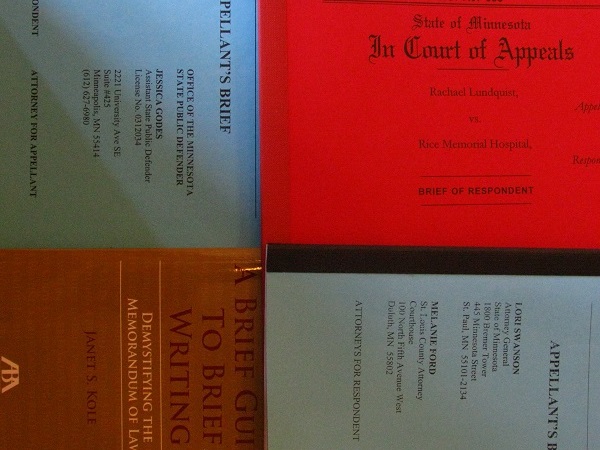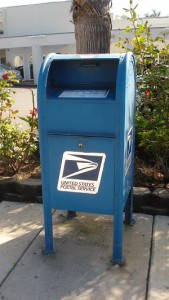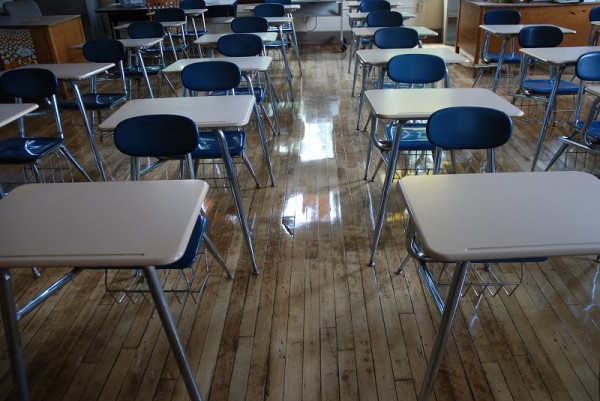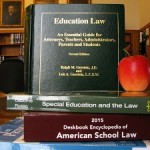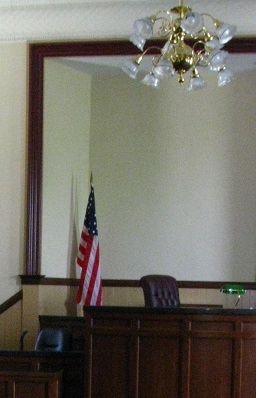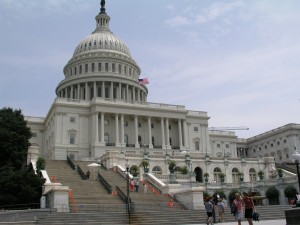Good news for workaholics who don’t have round-the-clock access to Westlaw or other subscription databases for their legal research needs. If you have internet service, you can likely find what you need on Google Scholar. Of course, the tools and filters available through Westlaw have no equal, but being able to simply access and search case law can make all the difference for most research needs. Here is where Google Scholar probably offers more than you realize.
Many people know that they can use Google Scholar to access cases by citation, but you can use Boolean terms or natural language to search words and terms as well. To this end you can also use this court selection interface to fine-tune your search. With the “My Library” function on the left side of your results page, you can set up an account to save what you find and come back to later. From your same results page you can even create an alert for any new cases that may come down later. Besides case law, does your research task require you to access law review articles? Google Scholar can serve these up through its “articles” search feature on its home interface. To learn more about all of these and other features, consider printing out this handy tutorial for Google Scholar users that we recently discovered through this recent article in the Minnesota Lawyer.
We are proud to offer free Westlaw access to our patrons, but Google Scholar can be a research lifeline when you cannot be here. It can be a lifesaver for the solo attorney without a Westlaw subscription, the pro se litigant, or anyone who must do their research away from the law library. Give it a try and see what you think!
